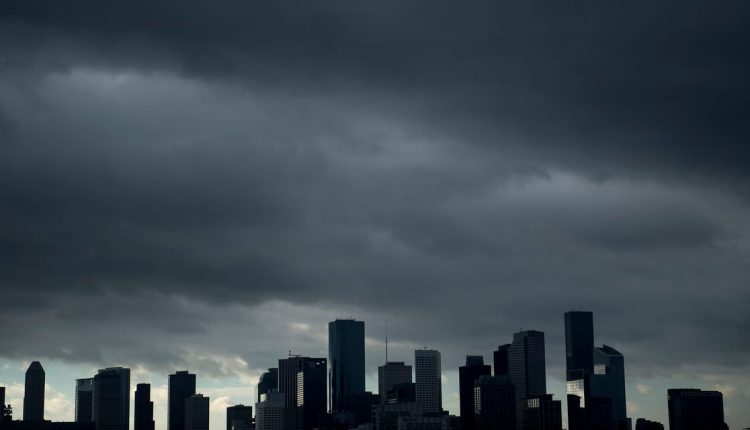Getting staff back to the office is only part of the battle.
Regional banks that went big lending on office properties also face a ticking time bomb of maturing debt that they helped create, particularly if the Federal Reserve holds its policy rate near the current 22-year high well into next year.
“The area of greatest concerns for banks is office space,” says Tom Collins, senior partner focused on regional banks and credit unions at consulting firm firm West Monroe. Should rates stay high, “borrowers are going to face a tough decision of whether they refinance or default,” he said.
The fight to bring more staff back to half-empty office buildings comes as an estimated $1 trillion wall of commercial real-estate loans is set to mature through 2024. While tenants haven’t shied away from signing up to pay top rents at trophy buildings, the same can’t be said for the rows of lower-rung properties lining financial districts in big cities.
See: Labor Day is just a ‘milestone’ in the marathon to get workers back to the office
The Fed embarks on a two-day policy meeting on Tuesday, with expectations running high for rates to stay steady, giving more time to study the impact of earlier rate increases.
The central bank’s rate hikes have further complicated matters for landlords, and fresh debt for office buildings no longer looks cheap nor abundant. Regional banks also have been piling back on lending after Silicon Valley Bank and Signature Bank collapsed in March and as deposits fled for yield elsewhere.
Related: FDIC kicks off $33 billion sale of seized assets from Signature Bank
Loan volumes from Wall Street similarly have been anemic. This year it has produced slightly more than $10 billion in “conduit,” or multi-borrower, commercial mortgage-backed securities deals through the end of August, the least since 2008, according to Goldman Sachs. Coupons, a proxy for mortgage rates, have climbed above 7%, the highest since the early 2000s.
“I don’t think this is a wash out here,” Collins said of the threat of more regional bank failures, but he does anticipate pain for lenders heavily exposed to lower quality class B and C office buildings in urban areas.
Banks can help mitigate the wall of debt coming due by stepping up the pace of loan modifications to help borrowers keep properties, but Collins said he also anticipates lenders will need to increase loan sales, write downs and mergers or acquisitions.
“There is no doubt there will be private equity and other investors that will be interested in buying some of these loans, taking them off the balance sheets of banks,” Collins said.
“The obvious question there is at what discount?” he said, adding, “I think investors will wait until things get more dire to try to get a better deal.”
Another offset to banks’ office exposure has been the relatively stable performance of hotels, industrial and other property types. But Collins said that if rates stay high and the economy falters, those sectors are likely to face challenges as well.
The 10-year Treasury yield,
BX:TMUBMUSD10Y
a benchmark lending rate for the commercial real estate industry, was near 4.32% on Monday, hovering around a 16-year high ahead of the Fed meeting, while the policy-sensitive 2-year Treasury rate
BX:TMUBMUSD02Y
was near 5.06%. Stocks
SPX
DJIA
were edging higher.
Office distress intensified in August, with the special servicing rate of loans in bond deals hitting 7.72%, compared with a 6.67% rate for all property types, according to Trepp, which tracks the commercial mortgage-backed securities market. A year ago, the rate of problem office loans was 3.18%.
“If I was an investor, I would be patient around this, because values are only going to come down, I would imagine,” Collins said.
Check out: Powell could still hammer U.S. stocks on Wednesday even if the Fed doesn’t hike interest rates
Read the full article here

